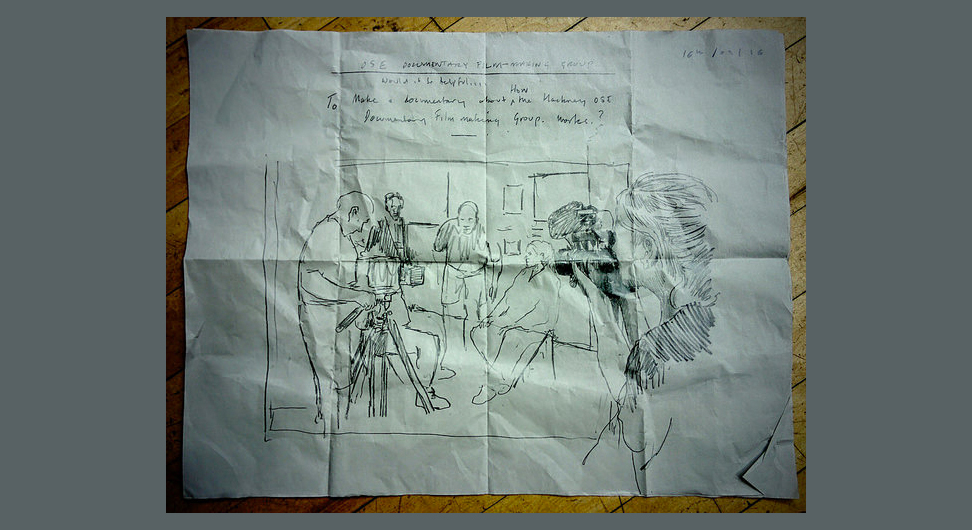The magic of filmmaking often conjures images of seamless collaboration, where visionary directors and talented actors unite to bring unforgettable stories to life. For every legendary partnership that thrives across multiple projects, however, there exists a darker, more tumultuous flip side: creative relationships that fracture so completely they leave an indelible mark on cinematic history, with one or both parties vowing never to work together again. The pressures of the film industry, the clash of artistic temperaments, and the grueling demands of production can transform even the most promising alliances into bitter rivalries, ensuring that certain doors remain firmly shut.
In an era increasingly defined by the allure of franchise filmmaking and serialized narratives, the decision to walk away from a potential ongoing collaboration carries significant weight, impacting not just individual careers but the very trajectory of popular entertainment. Whether it’s a director refusing to helm a sequel with a particular star or an actor drawing a line in the sand after a difficult shoot, these definitive breaks offer fascinating insights into the human dynamics behind the camera. They challenge the notion of continuous storytelling, highlighting the deeply personal stakes involved when creative control and personal integrity come into conflict.
This in-depth exploration delves into the stories of 10 prominent figures—directors, actors, and producers—whose professional relationships ended with an emphatic ‘never again.’ From legendary Hollywood maestros to contemporary franchise architects, we’ll uncover what transpired on set, how these disputes spilled into the public eye, and the lasting impact they had on the careers of all involved, as well as the specific projects that served as the unfortunate catalysts for these career-defining separations. Prepare to pull back the curtain on some of cinema’s most talked-about professional divorces.

1. **Alfred Hitchcock & Tippi Hedren**Alfred Hitchcock famously cast Tippi Hedren in two major studio releases, ‘The Birds’ and ‘Marnie’, establishing her as a prominent figure in his cinematic world. This highly visible pairing, however, soon revealed deep underlying tensions. What began as a director’s muse relationship quickly deteriorated, setting the stage for a dramatic and widely discussed professional fallout.
During and after these productions, Hedren detailed controlling behavior and harassment from Hitchcock. Her multi-year contract limited her ability to seek other roles, intensifying the deteriorating working conditions. This severe fallout definitively ended any plans for a third collaboration. Hedren ultimately rejected further projects with Hitchcock upon fulfilling her contractual obligations, choosing artistic and personal independence.
Hedren successfully resumed her career with other filmmakers, showcasing her talent beyond Hitchcock’s influence. Hitchcock continued directing with new leading ladies. Their public split became a significant part of conversations about power dynamics on film sets, profoundly influencing industry discussions on conduct and responsibility, and leaving an enduring legacy on how such relationships are viewed.
Read more about: Seriously Where Did They Go? Unearthing the Vanished Legacies of 10 Golden Age Hollywood Icons

2. **Lars von Trier & Björk**Lars von Trier directed musician Björk in ‘Dancer in the Dark’, a film that quickly garnered major festival attention. While critically acclaimed, its production was rife with documented turmoil. This artistic collaboration, despite its success, became notorious for the severe clashes between the visionary director and his unconventional star, foreshadowing an irreversible professional separation.
Björk later described significant mistreatment on set, an experience so profound it led her to declare she would not act again. Crucially, she made it unequivocally clear she had no intention of ever working with von Trier in the future. This contentious production became a key reference point in wider industry discussions regarding on-set conduct and the ethical treatment of artists, underscoring the high personal cost of creative conflict.
True to her word, Björk returned exclusively to her celebrated music and live performance career, eschewing further screen roles. Von Trier continued his prolific filmmaking, collaborating with other actors. Despite their separate paths, the acrimonious dispute has remained a consistent topic in interviews and retrospectives about ‘Dancer in the Dark’ and its complex legacy. The two never reunited on any later project, cementing their professional estrangement.
Read more about: Prepare for Tears: 13 Movie Endings So Raw and Emotional, Directors Dared Not Cut Away
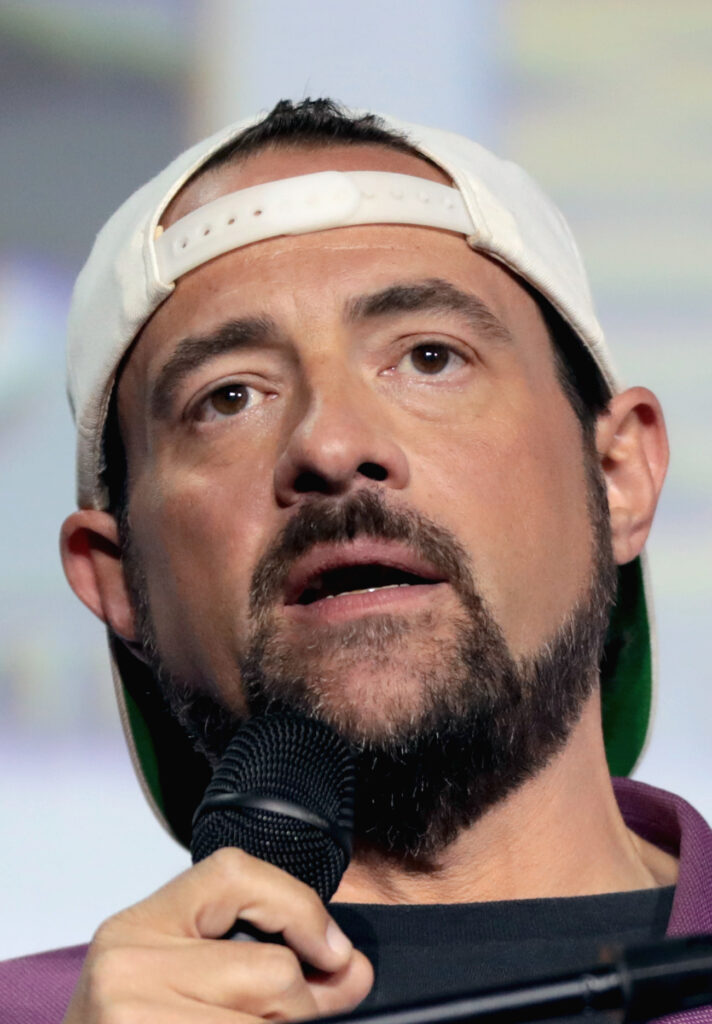
3. **Kevin Smith & Bruce Willis**Indie director Kevin Smith teamed with action star Bruce Willis for the buddy-cop comedy ‘Cop Out’. On paper, this seemed an intriguing combination of talents. However, the film’s production was reportedly far from harmonious, creating a tense atmosphere behind the scenes. This difficult working environment laid the groundwork for a very public post-release condemnation from Smith, signaling an irrevocable break.
After ‘Cop Out’s release, Kevin Smith openly detailed the challenging shoot, unequivocally stating he would not direct another film with Willis. His remarks, shared via podcasts and public appearances, often contrasted this experience with more positive collaborations. These candid statements ensured the on-set difficulties became widely known, solidifying his firm stance against future projects and cementing their professional separation for good.
Willis continued his career, leading numerous studio action titles. Smith, conversely, shifted his focus to projects built around his own characters and independent financing, moving away from major studio fare. No further collaborations were announced between them. Industry coverage of ‘Cop Out’ consistently highlights their clash when recounting its production, a testament to the definitive end of their potential working relationship.
Read more about: 12 Major Actors Who Flat-Out Refused to Work Together in Hollywood
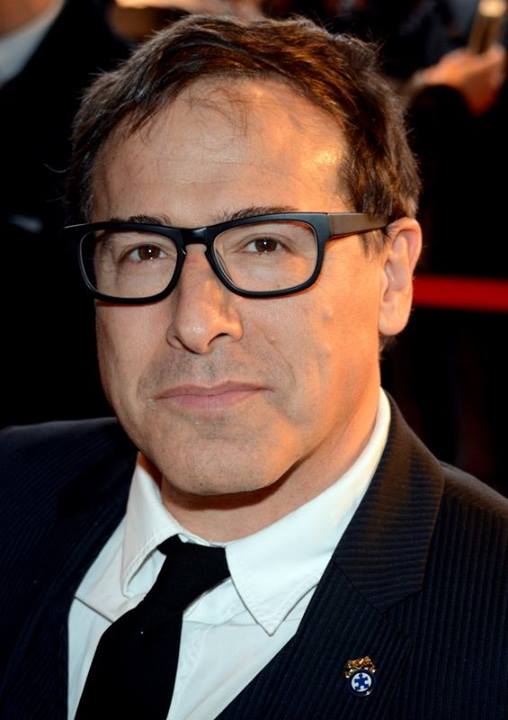
4. **David O. Russell & George Clooney**The ambitious war drama ‘Three Kings’ brought director David O. Russell and star George Clooney together. While the film was praised for its vision, its production is perhaps more infamously recalled for a serious on-set altercation between the two. This intense confrontation became a defining and notorious moment for the film, revealing a volatile dynamic behind the camera that led to a permanent professional rupture.
The altercation, which turned physical, quickly became a well-known Hollywood incident. Following this, George Clooney firmly stated he would not work with Russell again. He maintained this unwavering position, openly discussing the event in subsequent interviews about ‘Three Kings’. Clooney’s definitive public stance effectively closed the door on any future collaborations, ensuring their professional separation became a lasting part of cinematic lore.
Both Russell and Clooney forged successful, yet distinct, careers. Russell continued to gain awards recognition, frequently collaborating with a core group of actors. Clooney expanded his influence as both an actor and director, developing his own slate of projects. Despite occasional crossings at industry events, no future projects together were ever announced, underscoring the enduring impact of their ‘Three Kings’ clash.
Read more about: Behind the Glitz: 14 A-Listers Who Flat-Out Refused to Share the Screen (And What Went Down)
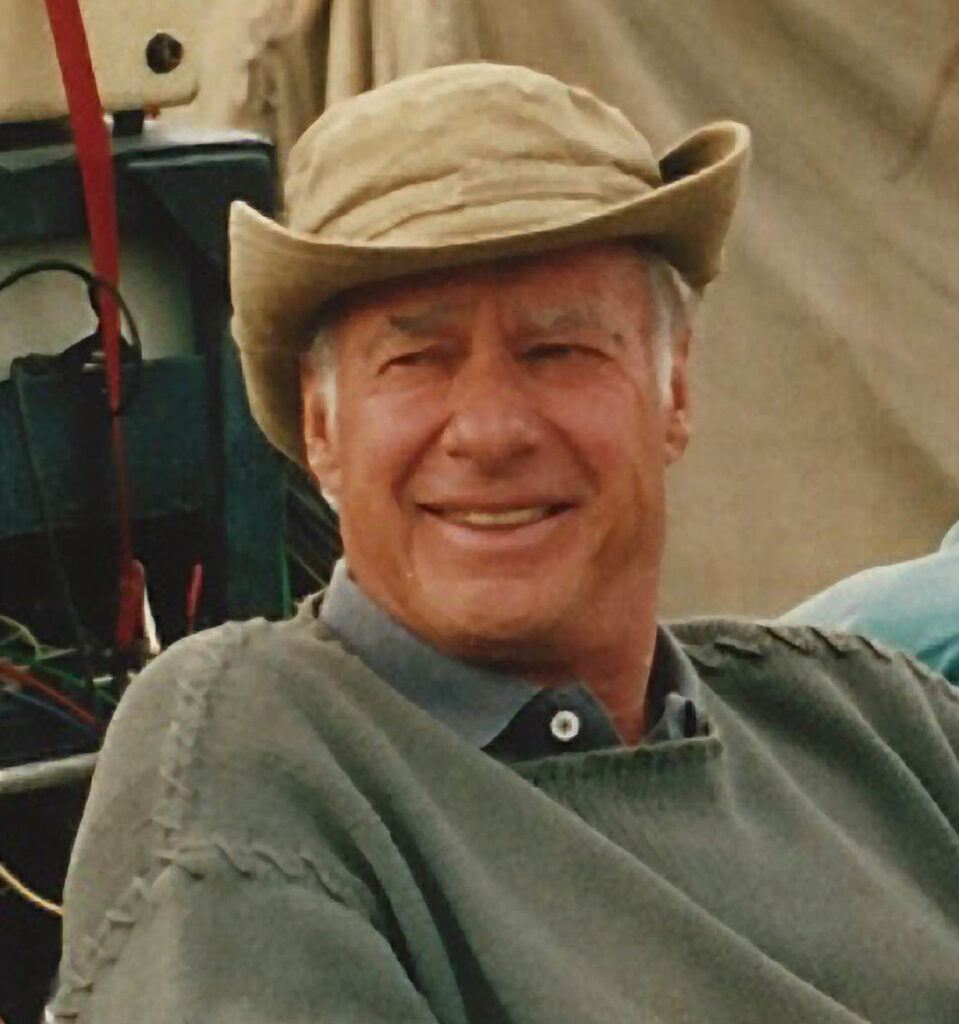
5. **John Frankenheimer & Val Kilmer**John Frankenheimer took over a notoriously chaotic production of ‘The Island of Dr. Moreau’ after an initial director’s exit. This already troubled environment soon became the backdrop for severe professional friction between Frankenheimer and actor Val Kilmer. The film, which already faced immense challenges, was further complicated by the contentious relationship between its new director and its challenging leading man.
Reports from the set consistently detailed persistent disputes with Kilmer, which continued relentlessly through reshoots and into post-production. Following this arduous experience, Frankenheimer publicly declared he would not work with the actor again. This unequivocal statement reflected the profound difficulties of their collaboration, with the film’s troubled history becoming a staple narrative in discussions about notoriously difficult Hollywood shoots.
Kilmer pursued other studio and independent projects, with ‘The Island of Dr. Moreau’ serving as a memorable, if cautionary, chapter in his career. Frankenheimer continued directing for film and television, but without any further collaborations with Kilmer. Their professional partnership was decisively severed, offering another stark example of how on-set conflicts can lead to permanent and irreconcilable artistic differences.
Read more about: The Director’s Chair: Unpacking the High-Stakes World of Hollywood Firings and How Creative Differences Reshaped Cinematic History
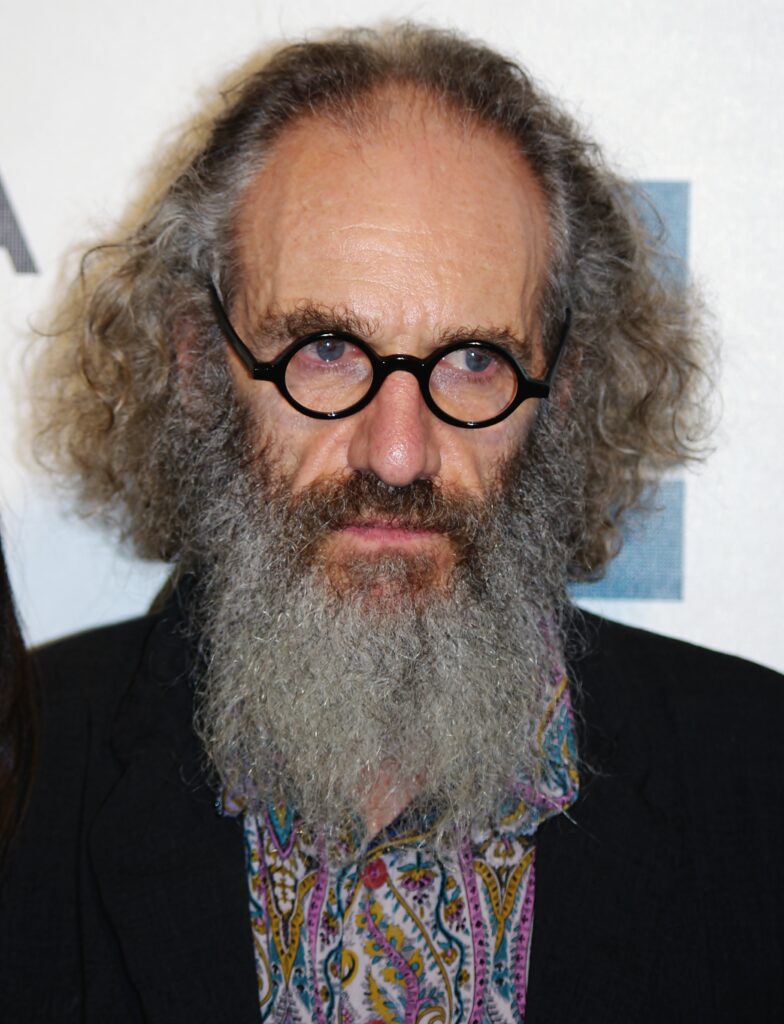
6. **Tony Kaye & Edward Norton**The making of ‘American History X’ stands as a stark reminder that sometimes the most intense battles happen not on set, but in the editing suite. Director Tony Kaye and star Edward Norton found themselves locked in a bitter struggle over the film’s final cut, a conflict that quickly unraveled during post-production. Kaye’s vision for the raw, provocative drama clashed profoundly with Norton’s preferred direction, creating an irreconcilable artistic divide.
Accounts from the time painted a picture of a director so disillusioned that he attempted to have his name removed from the film, openly criticizing the version that eventually reached audiences. The studio ultimately sided with a cut heavily associated with Norton’s involvement, a move that solidified Kaye’s stance. He made it abundantly clear that any future collaboration with Norton was definitively off the table, effectively closing the door on their professional relationship.
In the aftermath, Edward Norton ascended to become a celebrated Hollywood headliner, taking on significant roles and expanding his influence into producing. Tony Kaye, conversely, pursued a more independent path, often speaking publicly about the contentious editing process whenever ‘American History X’ was discussed in interviews. Their paths never converged on a joint project again, cementing the film’s legacy not just for its powerful story, but also for the behind-the-scenes war over creative control.
Read more about: 15 Groundbreaking Films That Were Ahead of Their Time and Remain Relevant Today
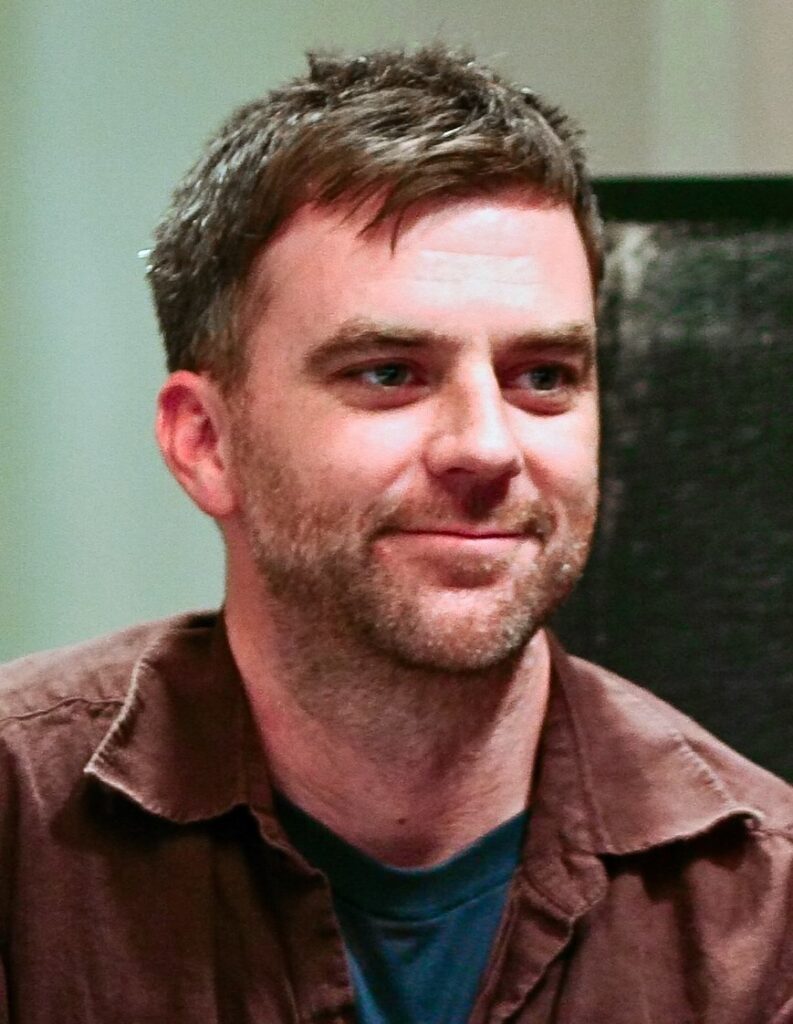
7. **Paul Thomas Anderson & Burt Reynolds**Burt Reynolds delivered one of the most acclaimed performances of his career as Jack Horner in Paul Thomas Anderson’s ‘Boogie Nights’, earning strong reviews and major award recognition. On the surface, it appeared to be a triumphant collaboration between a veteran star and an emerging auteur. However, beneath the accolades, significant creative disagreements simmered throughout the shoot, casting a long shadow over the production.
After the film’s release, Reynolds began to openly discuss the challenging nature of their working relationship, revealing fundamental differences in their artistic approaches. He publicly declared that he would not collaborate with Anderson again, a stance so firm that he reportedly turned down an offer to appear in Anderson’s subsequent film, ‘Magnolia’. This unequivocal refusal highlighted the depth of their creative clash, despite the film’s resounding success.
Paul Thomas Anderson continued his meteoric rise, crafting intricate ensemble films that often featured a recurring group of performers who aligned with his distinct vision. Reynolds, meanwhile, largely returned to roles that resonated with his long-running screen persona, consciously choosing projects that offered less creative friction. To this day, retrospectives on ‘Boogie Nights’ almost invariably mention Reynolds’ decision not to reunite with Anderson, making their professional separation an enduring footnote in cinematic history.
Read more about: Hollywood’s Script Whisperers: 10 A-List Stars Who Took the Script into Their Own Hands
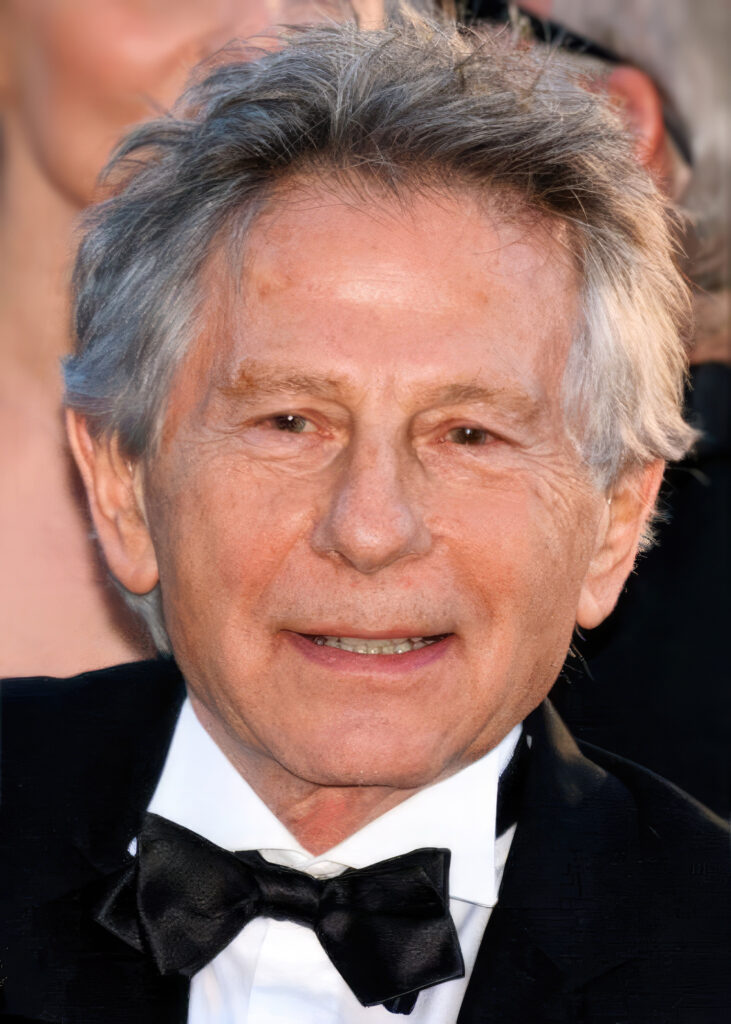
8. **Roman Polanski & Faye Dunaway**Roman Polanski’s ‘Chinatown’ is widely regarded as a masterpiece, yet its production was famously marked by a series of well-documented on-set conflicts between the director and his star, Faye Dunaway. These clashes garnered significant attention during and after filming, creating an atmosphere of tension that belied the film’s polished final product. The intensity of their professional dynamic became as legendary as the film itself.
Accounts from crew members and subsequent interviews vividly describe repeated disagreements over scene interpretations and even aspects of Dunaway’s appearance. These ongoing clashes culminated in comments from Polanski indicating his firm intention not to work with the actress again. This definitive statement from the acclaimed director underscored the profound difficulties experienced during their collaboration, signaling an irreversible break in their professional ties.
Following ‘Chinatown’, Faye Dunaway continued to enjoy an active and distinguished career across film and television, even returning for the sequel, ‘The Two Jakes’, albeit under a different director. Polanski, in turn, moved on to new projects, collaborating with other actors and creative teams. The original film’s enduring legacy is often discussed in conjunction with the notorious professional split between its director and leading lady, a testament to how creative friction can, paradoxically, contribute to a film’s mythical status.
Read more about: Behind the Scenes of Discontent: 14 Infamous Director-Actor Feuds That Rocked Hollywood
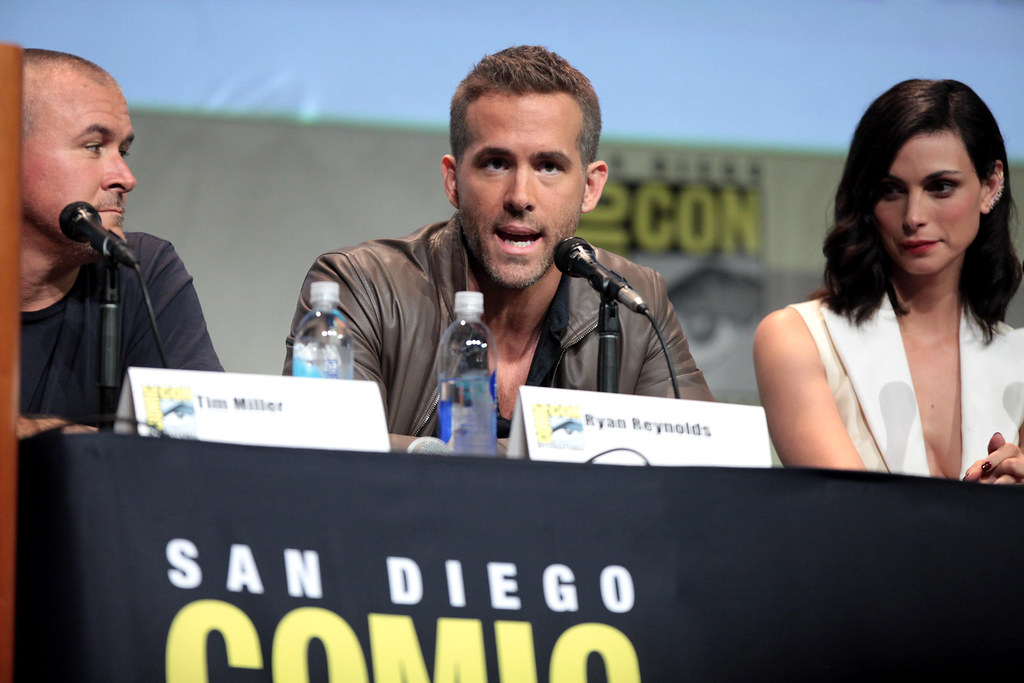
9. **Tim Miller & Ryan Reynolds**The phenomenal success of ‘Deadpool’ was a testament to the passionate collaboration between director Tim Miller and star Ryan Reynolds, who both worked tirelessly to bring the irreverent superhero to the big screen. However, when it came time to develop ‘Deadpool 2’, a significant clash over creative control emerged, signaling a dramatic shift in their dynamic. The synergy that defined the first film unfortunately gave way to irreconcilable differences.
The core of the dispute revolved around Ryan Reynolds’ desire for complete control over the burgeoning franchise, a stance that Tim Miller found challenging to navigate. Miller openly discussed his experience on a podcast, stating that while such an arrangement might work for other directors, he found it difficult. He emphasized the impossibility of negotiating when creative differences become fundamental decisions, prompting him to make a decisive move.
Recognizing the impasse, Miller voluntarily stepped away from the project. He recounted a meeting at Fox where he understood the situation and chose to quit, allowing Reynolds to proceed according to his vision. David Leitch was subsequently brought in to direct ‘Deadpool 2’, while Tim Miller moved on to other ventures, including ‘Terminator: Dark Fate’. This professional divorce underscored the high stakes of creative ownership, especially within the confines of a major franchise.
Read more about: Lights, Camera, Silence: 12 Famous Duos Who Said ‘Cut!’ to Friendship After Filming Wrapped
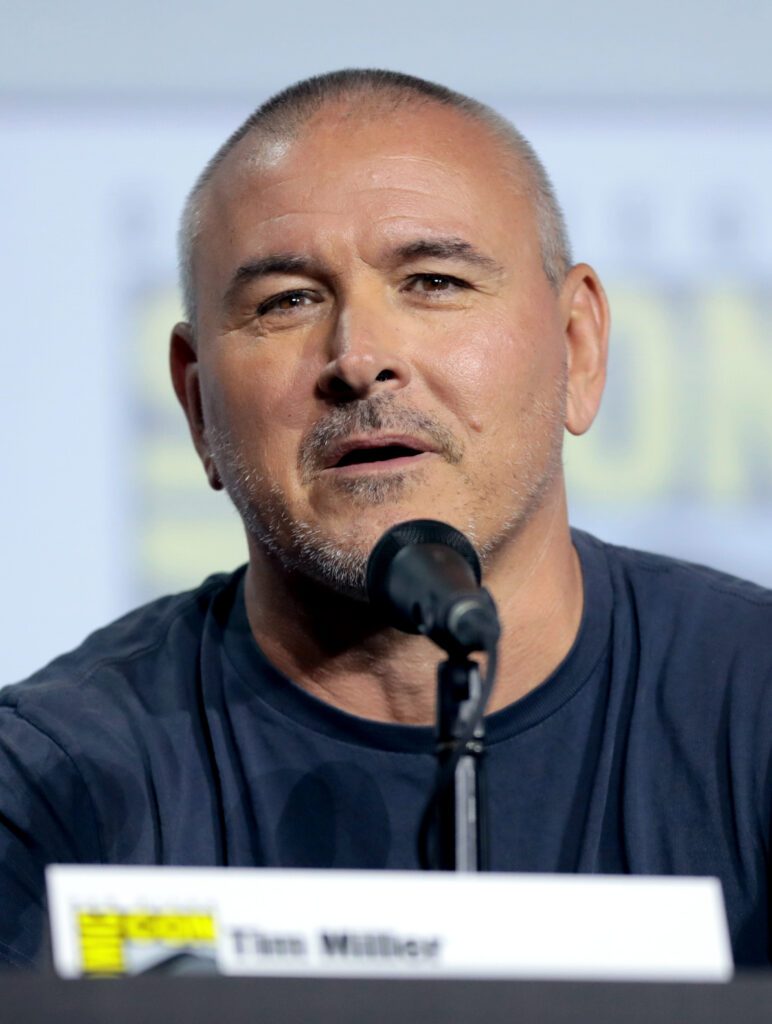
10. **Tim Miller & James Cameron**Tim Miller’s experience with creative control issues didn’t end with ‘Deadpool 2’, as he encountered a similar dynamic during the production of ‘Terminator: Dark Fate’, a film where James Cameron served as producer. Although Miller remained at the helm through completion this time, the collaboration was far from harmonious, marked by significant battles over the final cut. This once again highlighted Miller’s ongoing challenges when his directorial vision met strong external influence.
Cameron, a visionary filmmaker in his own right, frequently clashed with Miller regarding key artistic decisions for ‘Terminator: Dark Fate’. The friction became public knowledge, with Miller candidly stating that he ‘could write a book on why the film did not work’. More emphatically, he declared that he would not want to work with Cameron again, a testament to the intensity of their creative differences despite the film reaching completion.
Despite the professional friction and his strong stance against future collaborations with Cameron, Miller also expressed pride in the movie itself. This complex outcome illustrates the often-tumultuous journey of bringing a blockbuster to life, especially when multiple strong creative voices are involved. For Miller, it solidified a pattern of navigating, and sometimes refusing, collaborations where his directorial autonomy felt compromised, marking a clear line in the sand for his future projects.
Read more about: Buckle Up, Buttercup! We’re Ranking 15 Legendary Movie Cars That Drove Straight Into Our Hearts (and Pop Culture!)
These 10 definitive breaks serve as a powerful testament to the intricate and often volatile nature of creative collaboration in Hollywood. From legendary maestros to modern-day franchise architects, the stories reveal that behind every dazzling film lies a delicate balance of artistic visions, personal temperaments, and professional demands. When that balance falters, the resulting ‘never again’ stance reshapes careers, redefines franchises, and leaves an enduring legacy that continues to fascinate and inform our understanding of cinematic history. Each separation, though unique in its specifics, echoes a universal truth: in the high-stakes world of moviemaking, the human element, with all its complexities, remains the ultimate arbiter of who works together, and who definitively walks away.

